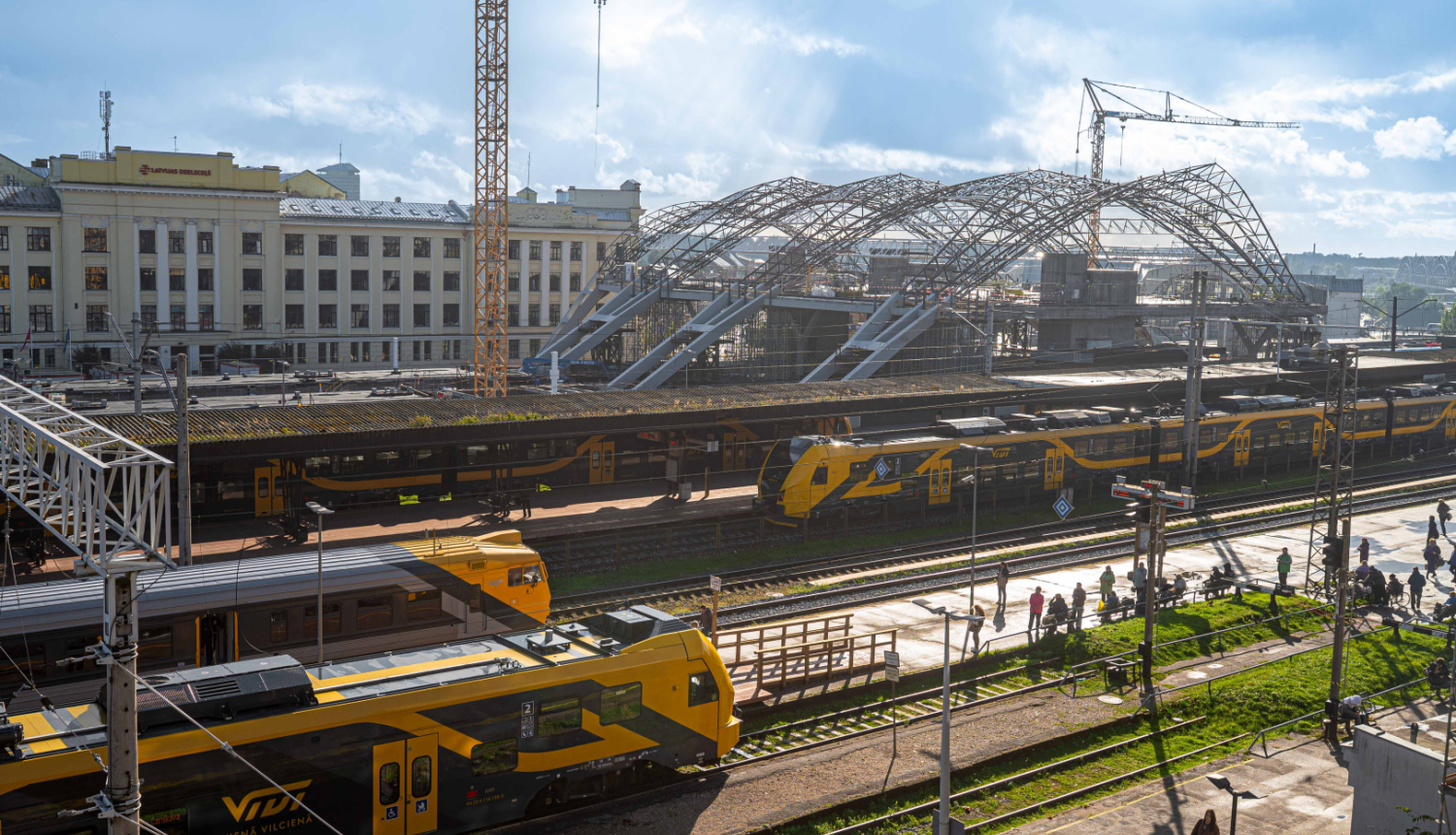BAKU, Azerbaijan, October 16. On Tuesday, October 14, the Latvian government reviewed an informational report from the Ministry of Transport on co-funding for the state-owned railway company Latvijas dzelzceļš (Latvian Railway) and approved a 2.98 million euros contribution from the state budget, Trend reports.
The funding is part of the European Climate, Infrastructure and Environment Executive Agency’s (CINEA) Connecting Europe Facility (CEF) program and serves as a key precondition for receiving EU financial support.
The project aims to modernize Latvia’s railway digital management system and promote integration into the unified European rail network.
Moreover, the project, titled “Implementation of Digital Capacity Management”, seeks to introduce a Digital Capacity Management (DCM) model in line with European Union priorities. It involves the development and deployment of three core digital systems.
The first system focuses on capacity planning, ensuring connectivity with the European RailNetEurope (RNE) platforms to improve capacity planning and allocation processes.
The second system will enhance digital infrastructure data management, while the third will introduce a transportation management platform that includes a shared rolling stock database across the Baltic states—improving coordination and efficiency for both passenger and freight transport.
The total project cost amounts to 5.97 million euros, with 50 percent financed by the Connecting Europe Facility and 50 percent by the Latvian state budget.
By implementing the Digital Capacity Management project, Latvia’s railway system will transition from outdated, manual operations to a coordinated, interoperable, and fully digital model. The project will also align with EU requirements for cybersecurity, data exchange, and IT architecture, while strengthening operational resilience and overall safety in the national rail system.
The initiative is being developed in cooperation with rail infrastructure managers from 11 European countries — Latvia, Estonia, Lithuania, Sweden, Germany, Portugal, France, Slovenia, the Czech Republic, Denmark, and Austria. Submitted to the European Commission as a joint project, it aims to ensure full compatibility and interoperability of rail IT systems across Europe.
The project is scheduled for completion by the end of 2029.







